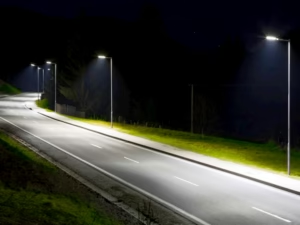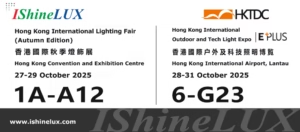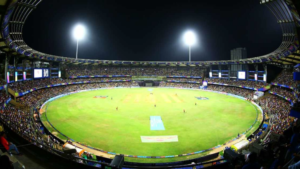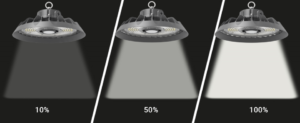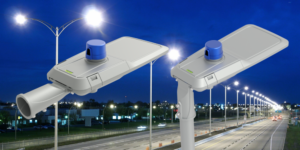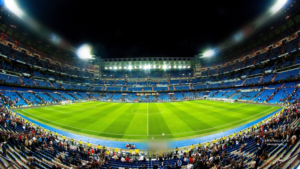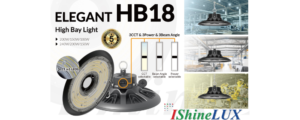What are the Lighting Standards for Different Sports Venues?

Poor lighting creates safety hazards and impedes athlete performance. Are your sports venues equipped with the correct lighting standards1 to ensure optimal conditions?
Lighting standards for sports venues vary according to sport type, competition level, and safety requirements, focusing on lux levels2, uniformity, and glare control3 to ensure optimal conditions.
Let’s explore the detailed lighting requirements for both outdoor and indoor sports venues.
What are the General Lighting Guidelines for Sports Venues?
Inadequate or uneven lighting can compromise athlete safety and performance. How can venues achieve balanced illumination?
Proper sports venue lighting includes adequate lux levels2, uniform distribution of illumination, and effective glare control3 to ensure athlete safety and performance.

Effective sports lighting relies significantly on the concept of uniformity, which ensures even illumination across the entire playing area. Lack of uniformity can lead to dark spots or shadows that impair visibility, especially in high-speed sports. Another essential factor is glare control3, critical for maintaining clear vision for athletes and comfortable viewing for spectators. Advances in lighting technology, particularly LED, offer venues energy-efficient, high-quality lighting solutions.
Lighting Standards by Sport
| Sport | Professional Lux | Intermediate Lux | Recreational Lux | Uniformity |
|---|---|---|---|---|
| Football (Soccer) | 1,500 | 750 | 200 | 0.7-0.4 |
| Basketball | 1,500 | 750 | 500 | 0.8-0.4 |
| Tennis | 1,000 | 500 | 200 | 0.8-0.4 |
| Baseball | 1,500 | 1,000 | 750 | 0.8-0.5 |
| Swimming | 750 | 500 | N/A | 0.8-0.6 |
| Volleyball | 1,500 | N/A | 500 | 0.8-0.6 |
| Hockey (Field Hockey) | 800 | 500 | N/A | 0.7-0.5 |
| Rugby | 800 | 500 | N/A | 0.7-0.5 |
These lighting standards1 greatly enhance player safety and game quality, and modern, energy-efficient LEDs are increasingly becoming the norm.
What are the Lighting Standards for Outdoor Sports?
Poor visibility during outdoor sporting events poses risks to athletes. How can stadiums improve lighting to ensure clear, safe visibility?
Outdoor sports venues require robust lighting systems with high lux levels2 and uniform illumination to maintain clear visibility and safety during events.
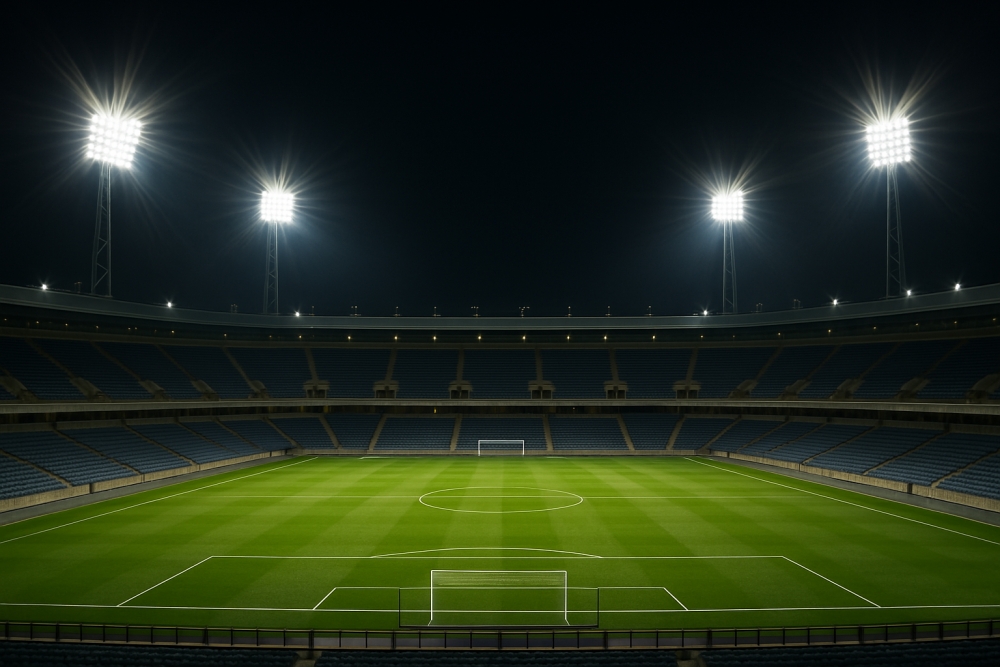
Outdoor venues such as football stadiums, rugby fields, and tennis courts face unique lighting challenges due to their large size and exposure to weather elements. For example, a professional football match requires an average of 1,500 lux and high uniformity (0.7) to ensure even visibility across the field. Tennis matches demand careful attention to lighting angles to reduce glare and shadows, with an average of 1,000 lux for professional matches. Key factors for outdoor lighting include:
Important Outdoor Lighting Factors:
- Floodlights: Strategically positioned for even illumination.
- Lighting Angles: Designed to control shadows and minimize glare.
- Weather Resistance: Durable fixtures that can withstand various weather conditions.
| Sport | Lux Requirement | Uniformity |
|---|---|---|
| Football | 1,500 | 0.7 |
| Tennis | 1,000 | 0.8 |
| Rugby | 800 | 0.7 |
Outdoor venues should invest in flexible LED lighting solutions that adapt to various events, ensuring energy efficiency and optimal performance.
What are the Lighting Standards for Indoor Sports Venues?
Poor indoor lighting affects athletes' visual clarity and spectator comfort. How should indoor venues improve their lighting standards1?
Indoor sports venues require focused lighting with precise lux levels2, high color rendering, and glare management to ensure clarity and comfort.
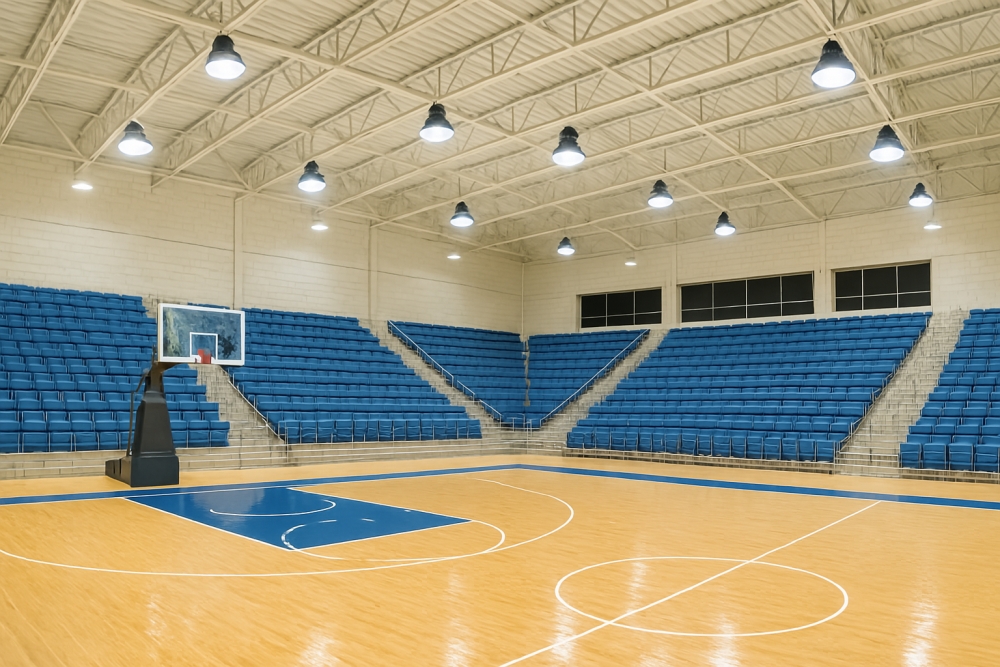
Indoor sports like basketball and swimming demand specialized lighting solutions to optimize performance and safety. Professional basketball courts typically require an average of 1,500 lux and a uniformity ratio of 0.8 to ensure clear visibility across the entire playing area. Swimming pools require slightly lower levels (750 lux for competition pools) but emphasize high Color Rendering Index (CRI) and glare management due to reflective water surfaces. Critical considerations include:
Important Indoor Lighting Factors:
- CRI (Color Rendering Index): Essential for accurate color perception; typically CRI 80+.
- Glare Management: Proper positioning of lights prevents visual discomfort.
- Lighting Uniformity: Even lighting distribution prevents dark spots, ensuring safety and performance.
| Indoor Sport | Lux Requirement | Uniformity |
|---|---|---|
| Basketball | 1,500 | 0.8 |
| Swimming | 750 | 0.8 |
| Volleyball | 1,500 | 0.8 |
Future indoor lighting should prioritize quality, with a strong focus on glare management and high CRI to enhance the athlete and spectator experience.
Conclusion
Effective sports venue lighting standards1 significantly boost athlete safety, optimize performance, and elevate spectator experiences, driving venues towards energy-efficient LED solutions.
-
Understanding lighting standards is crucial for ensuring safety and performance in sports venues. Explore this link for detailed insights. ↩ ↩ ↩ ↩
-
Lux levels are vital for optimal visibility in sports. Discover the specific requirements for various sports to enhance performance. ↩ ↩ ↩ ↩
-
Glare control is essential for athlete comfort and performance. Learn more about its importance in sports lighting solutions. ↩ ↩ ↩

